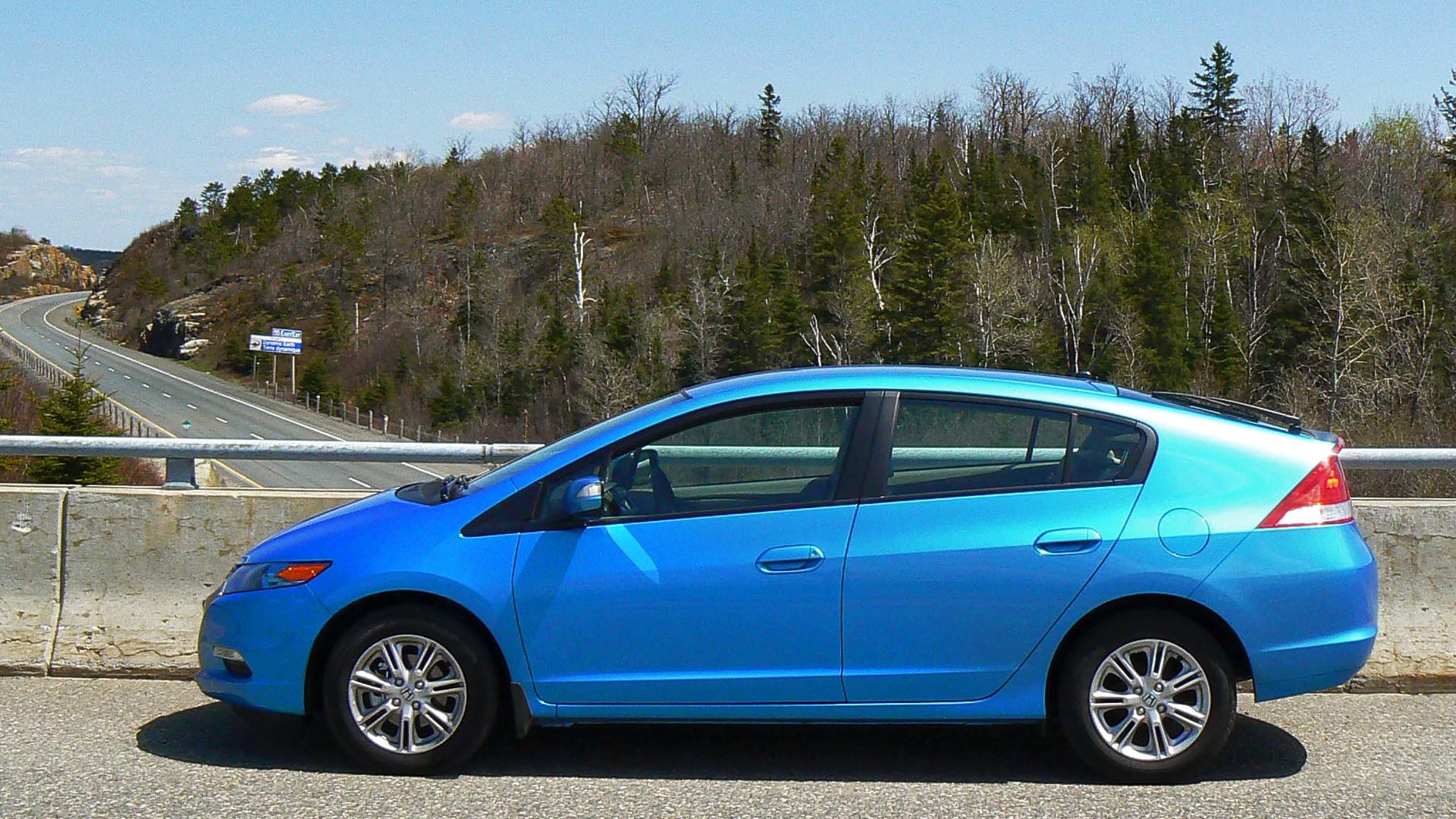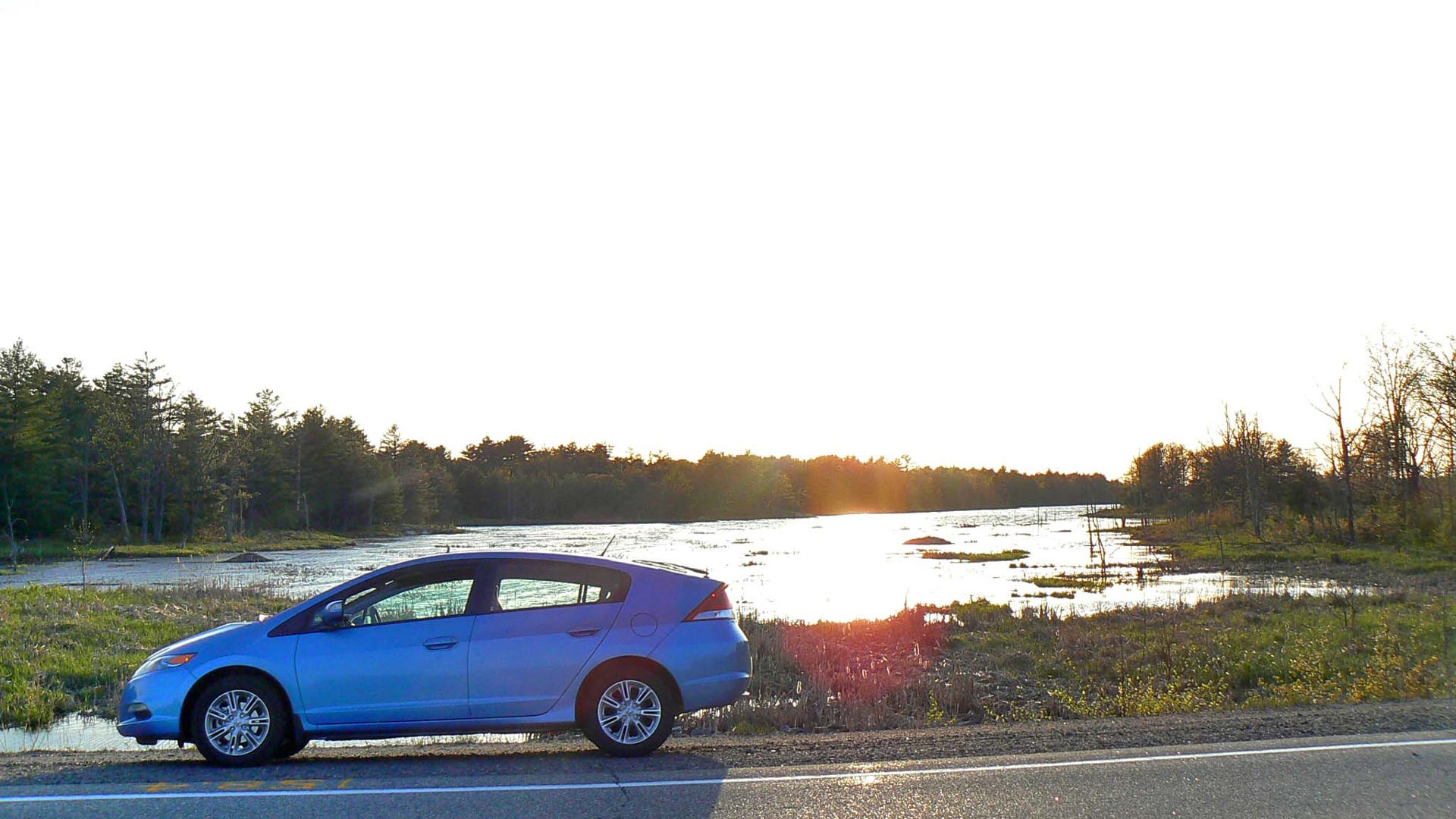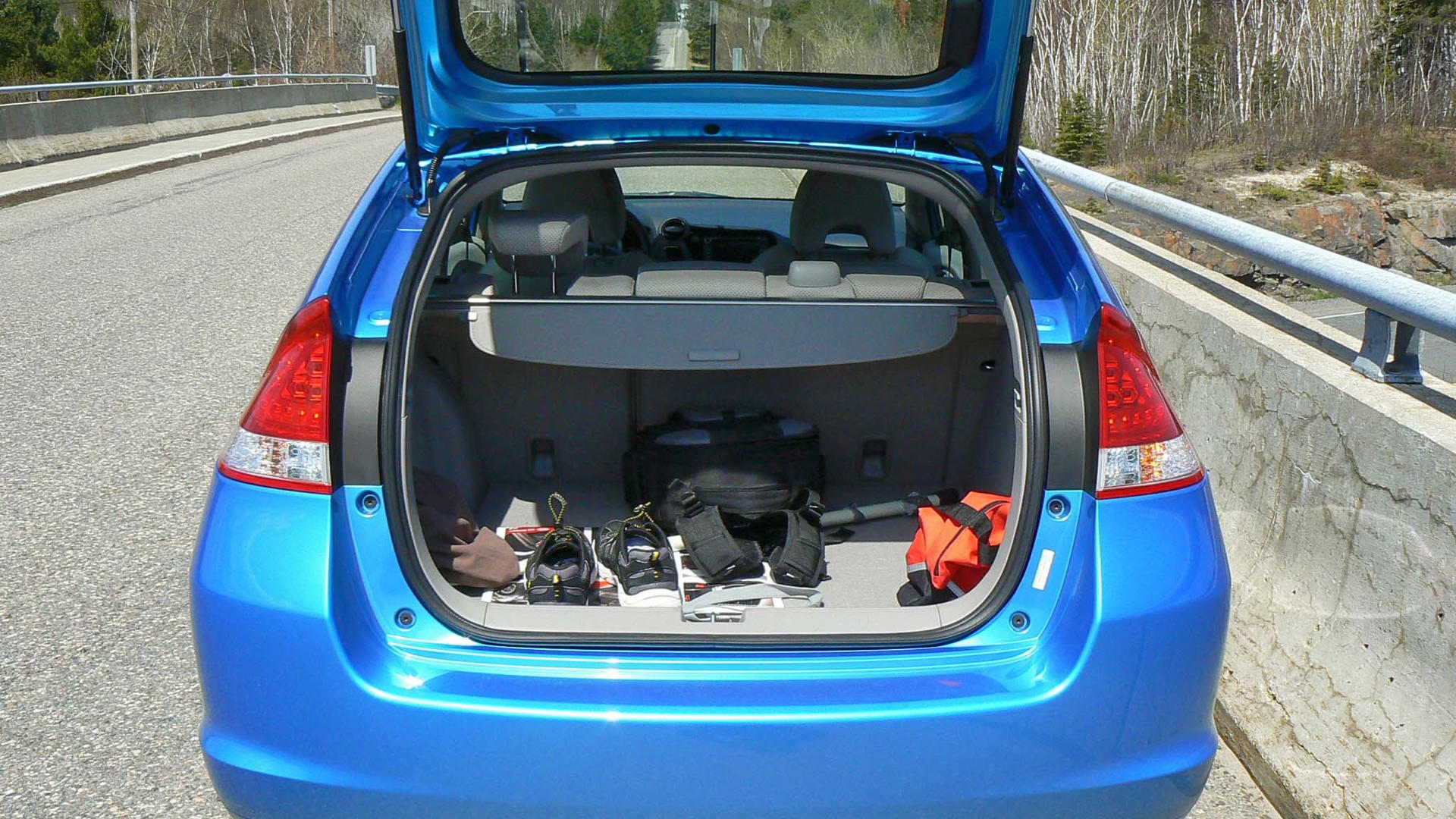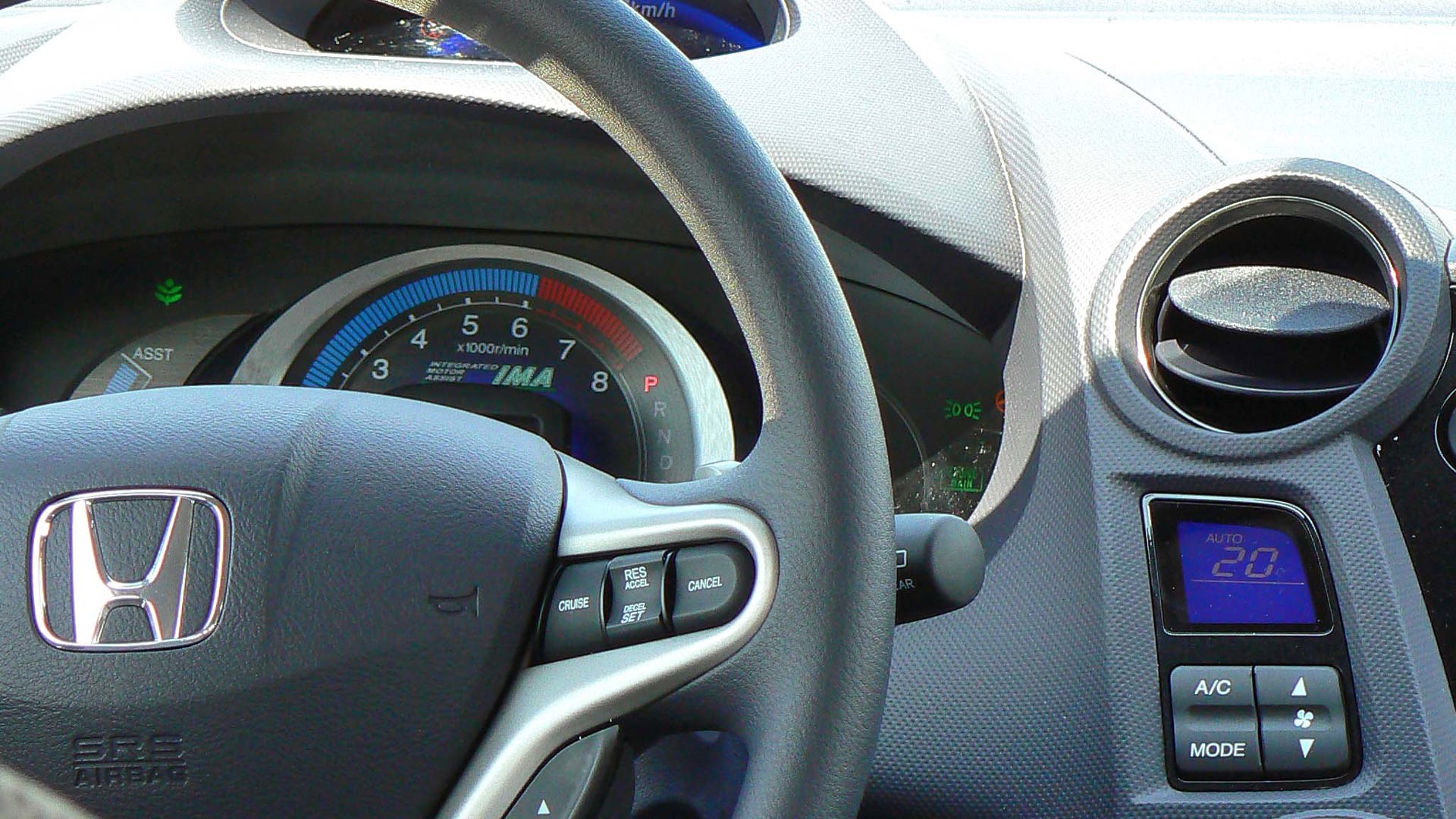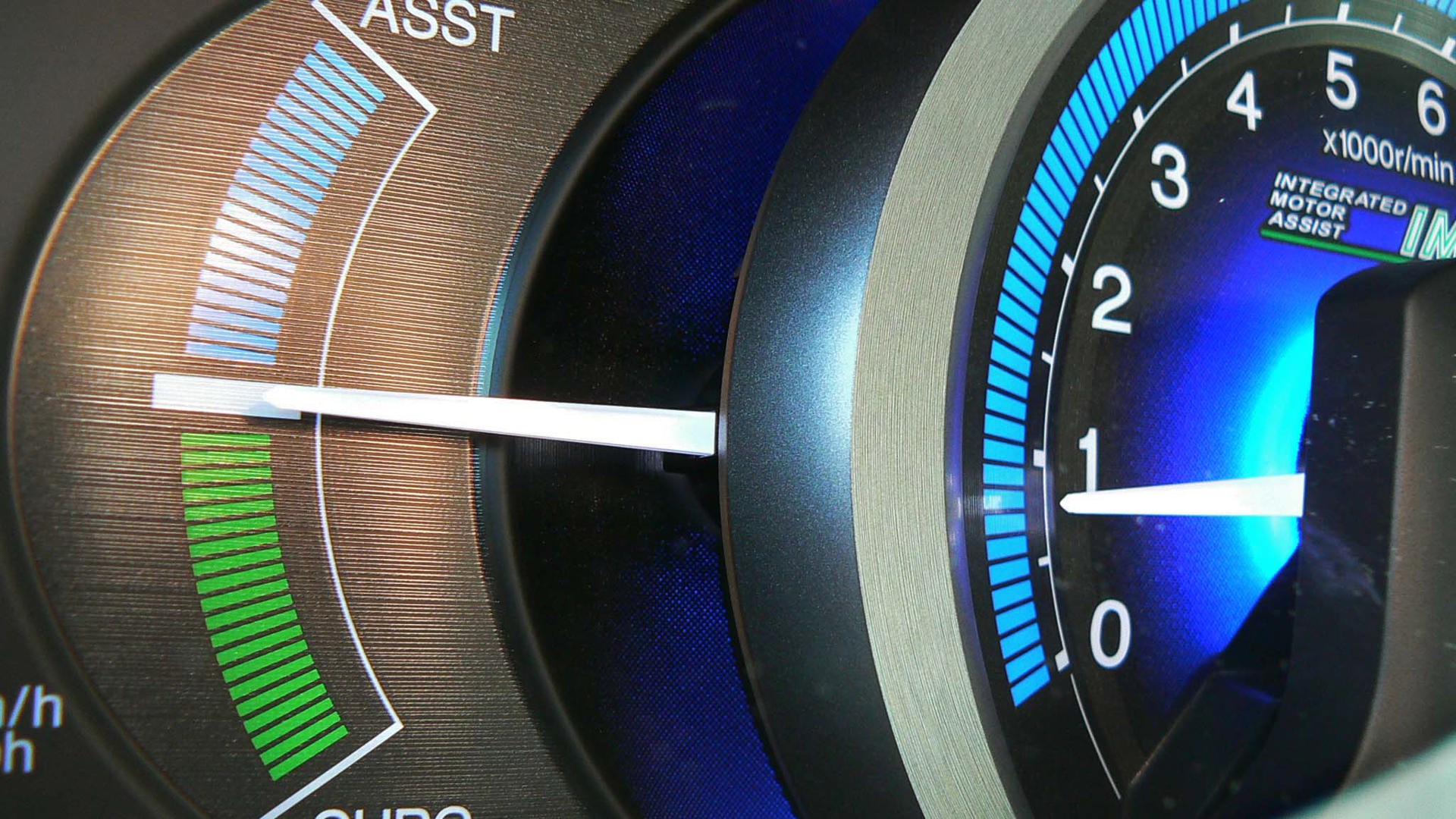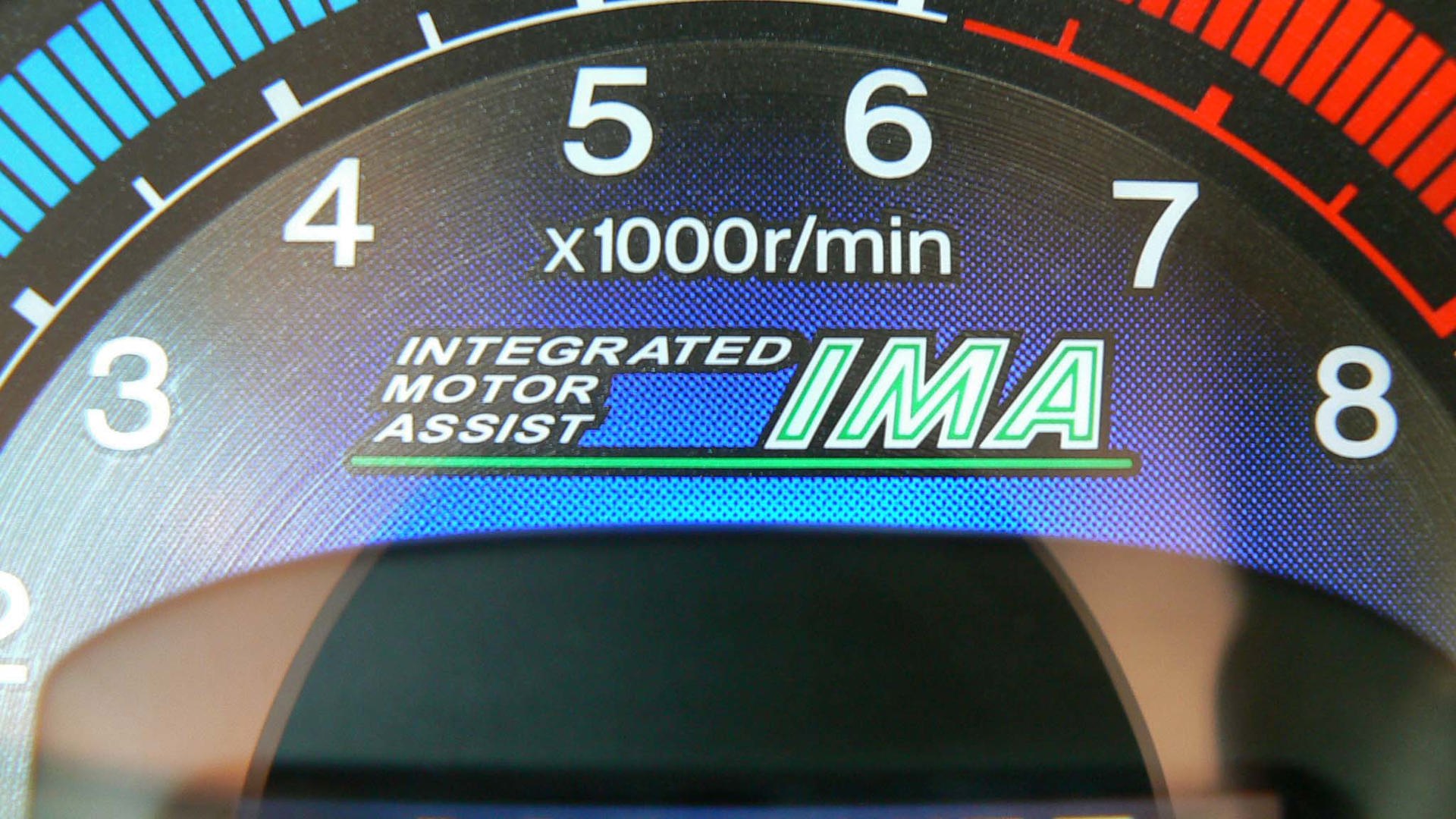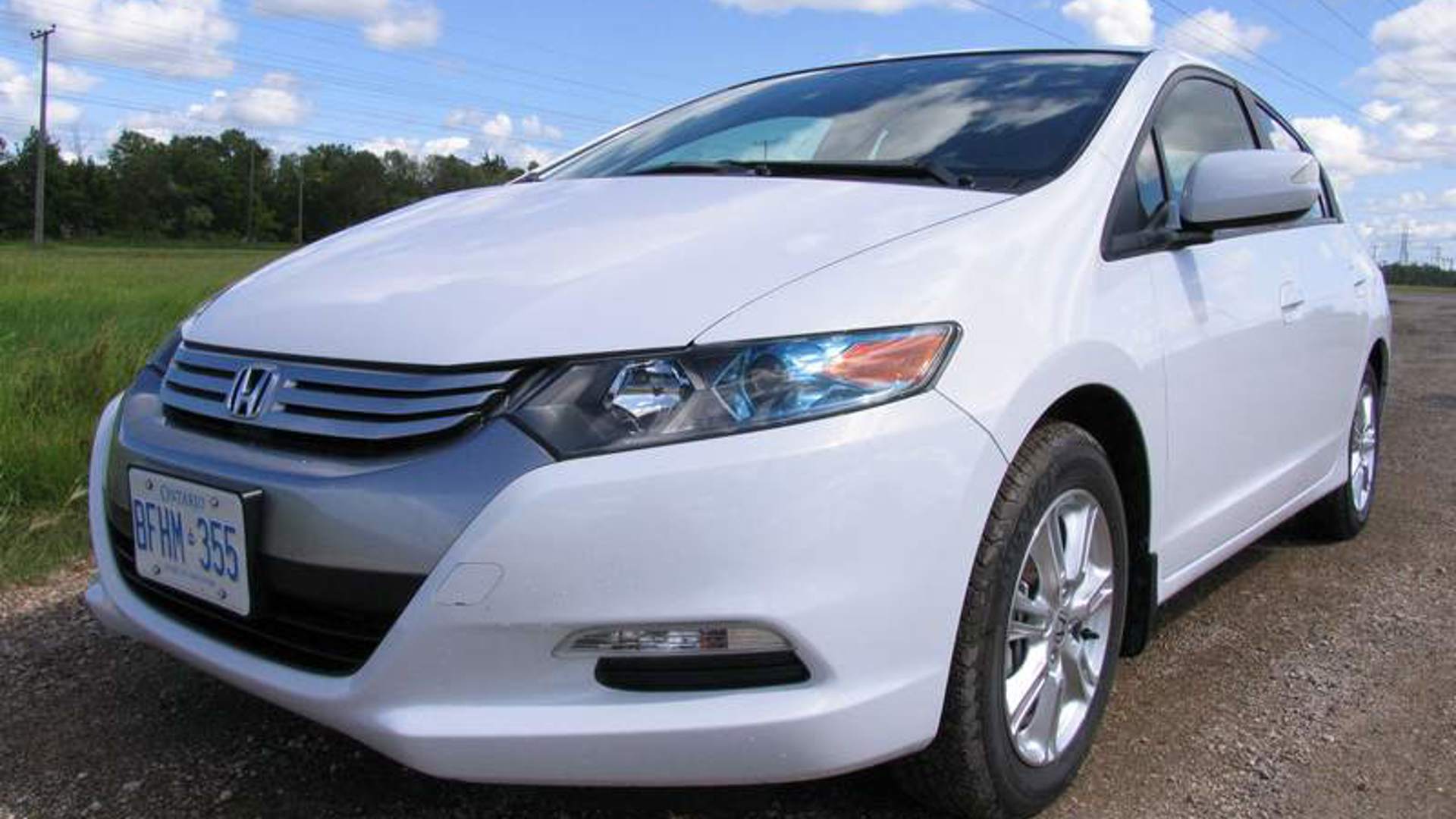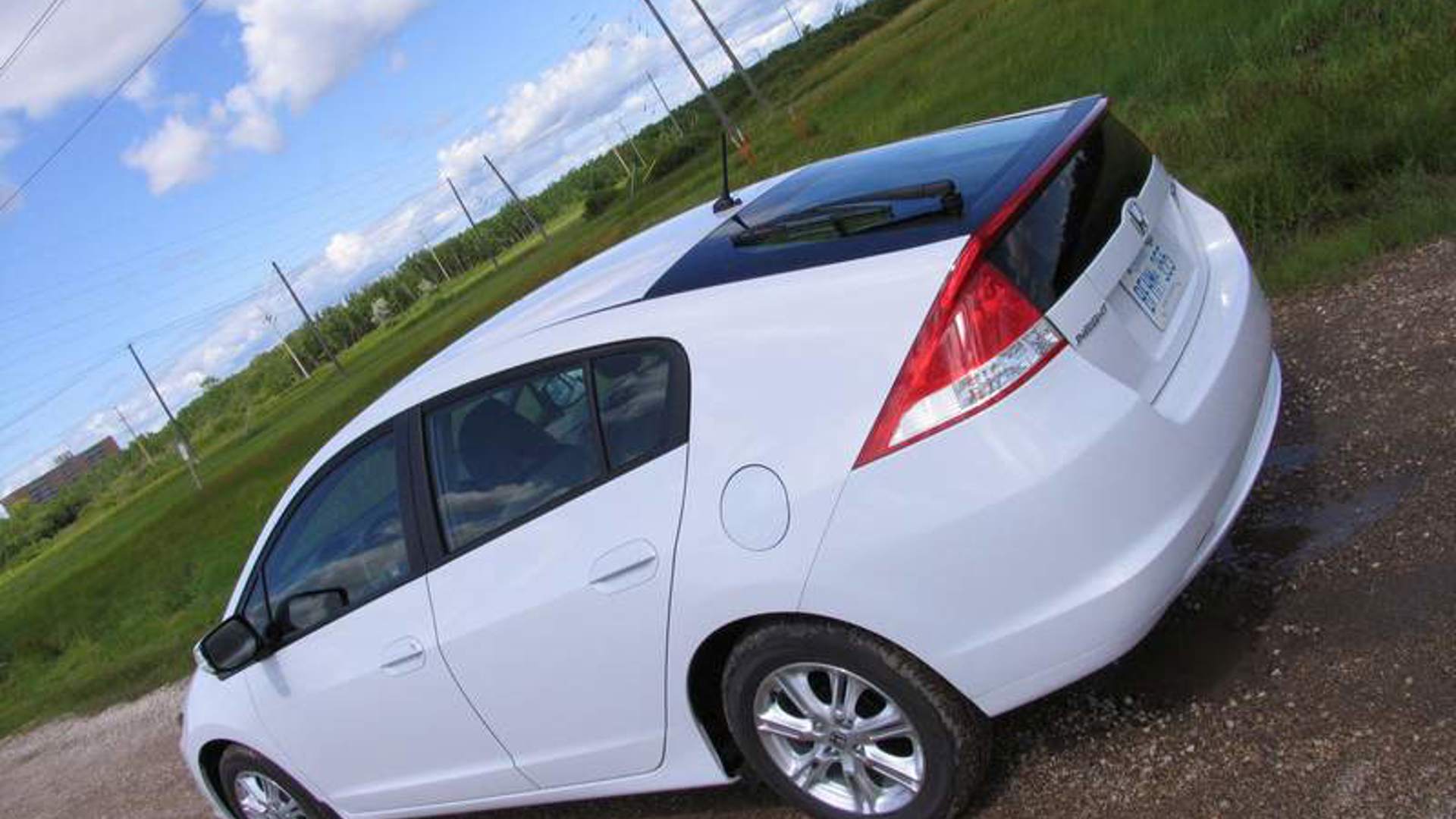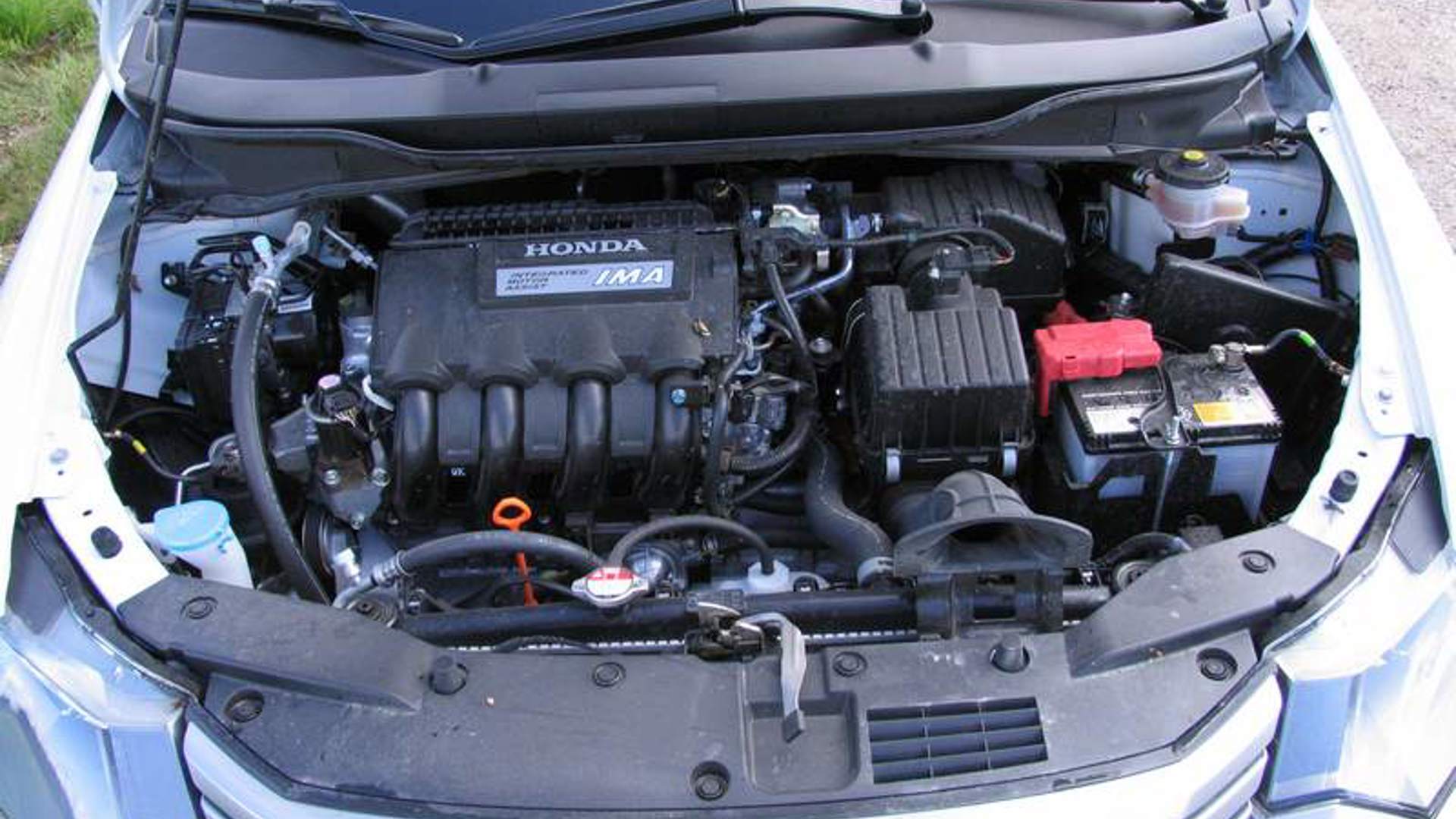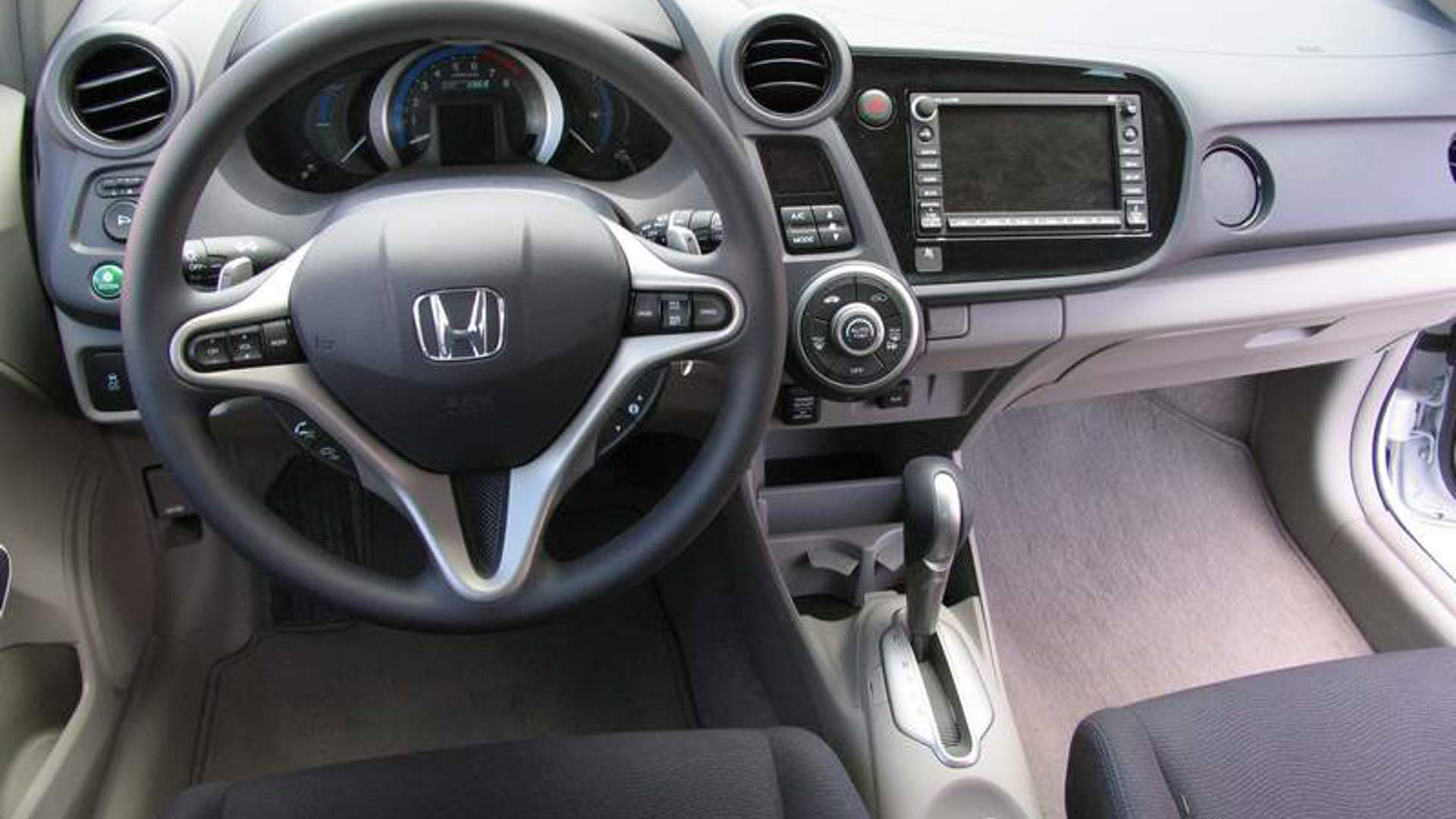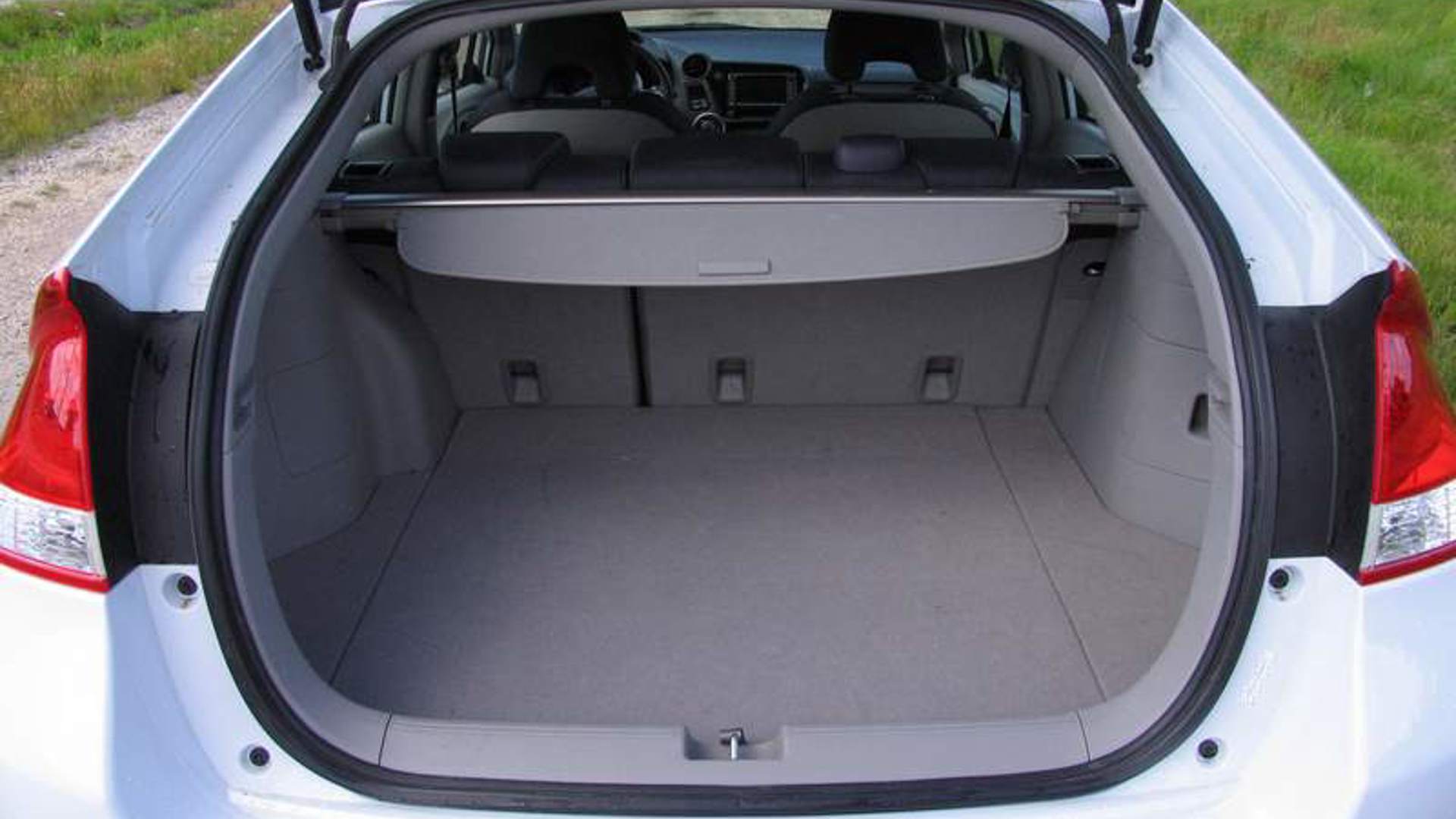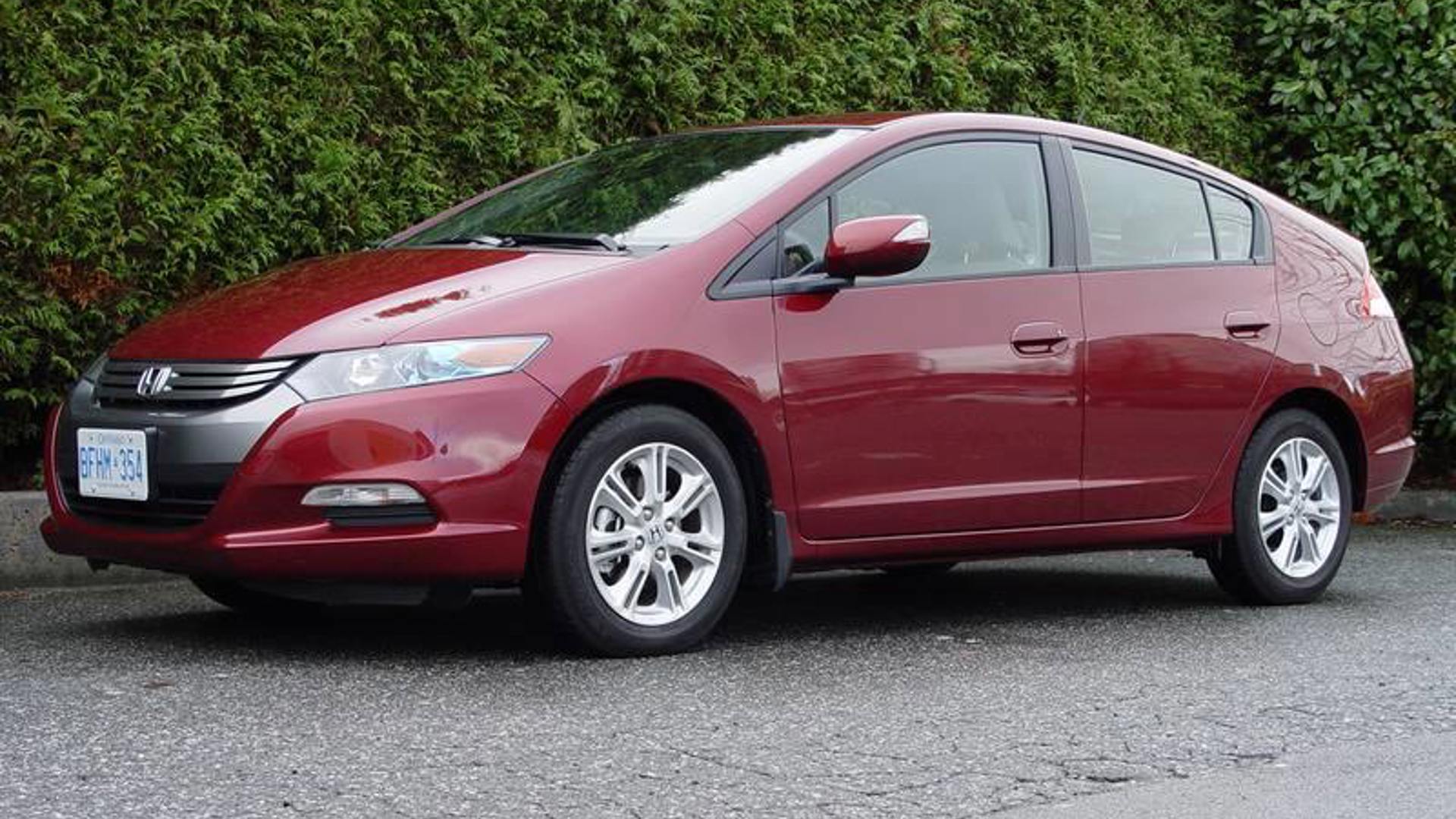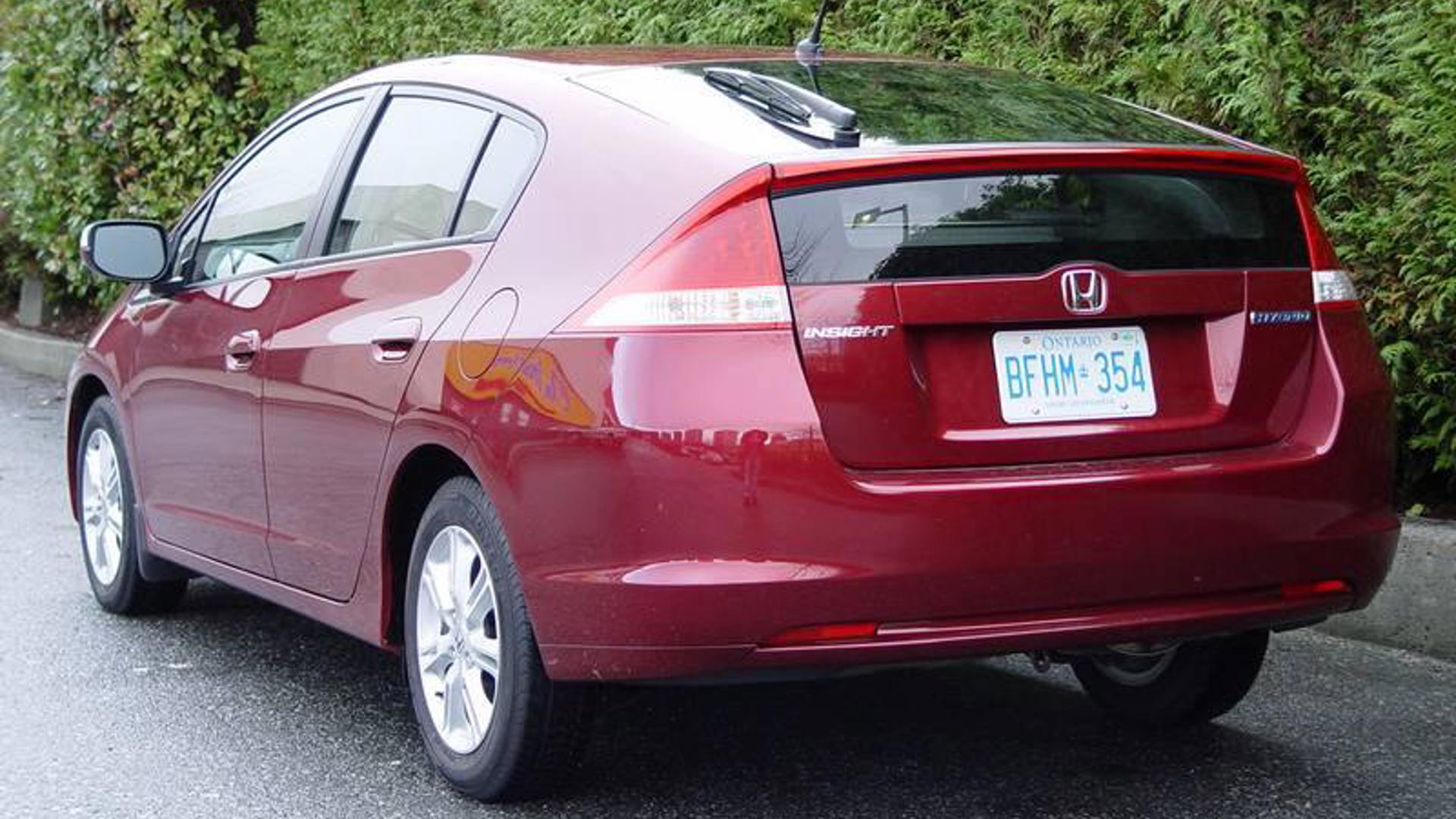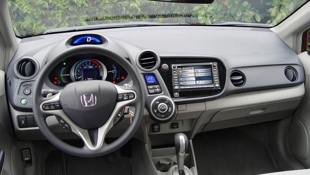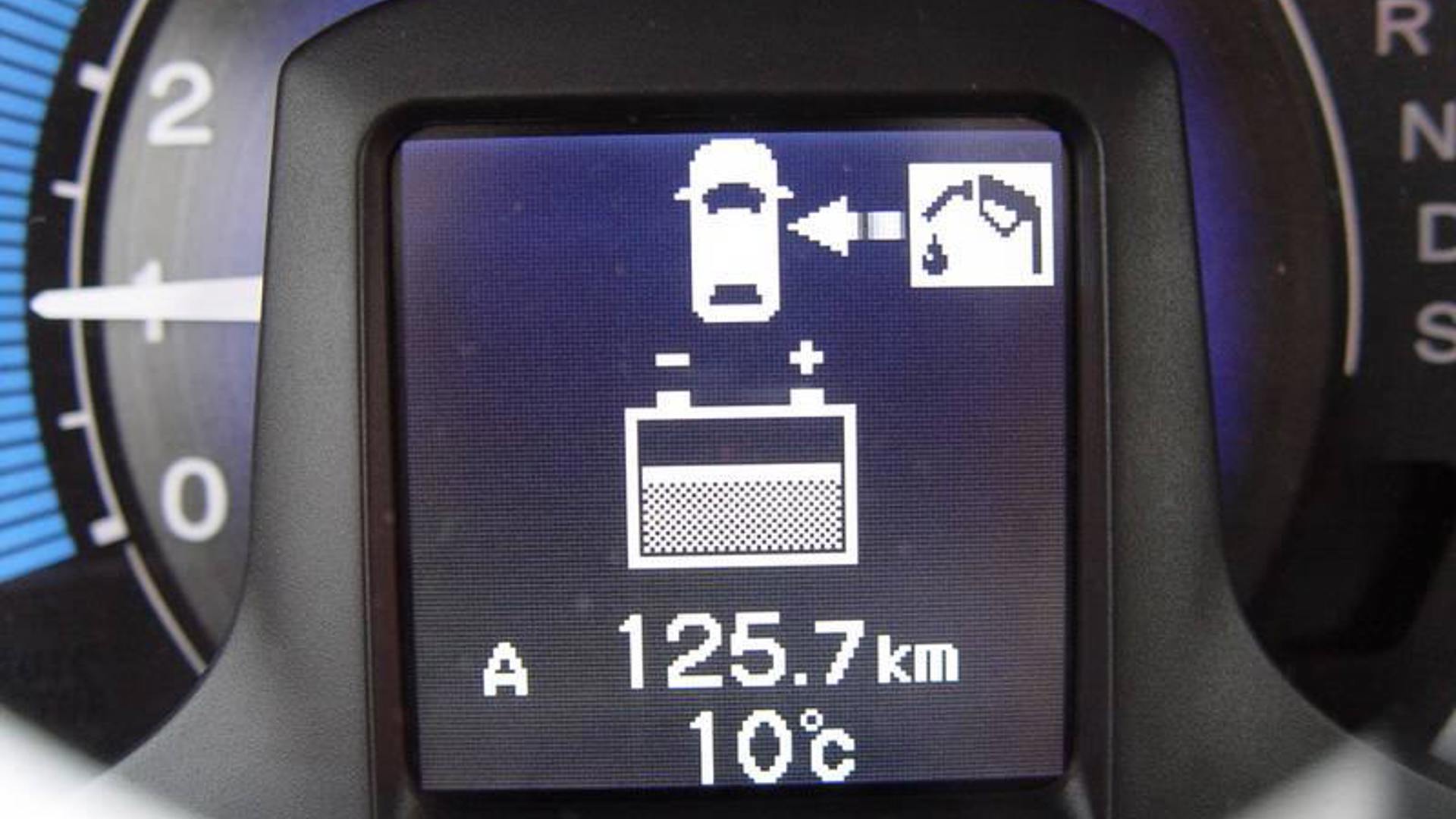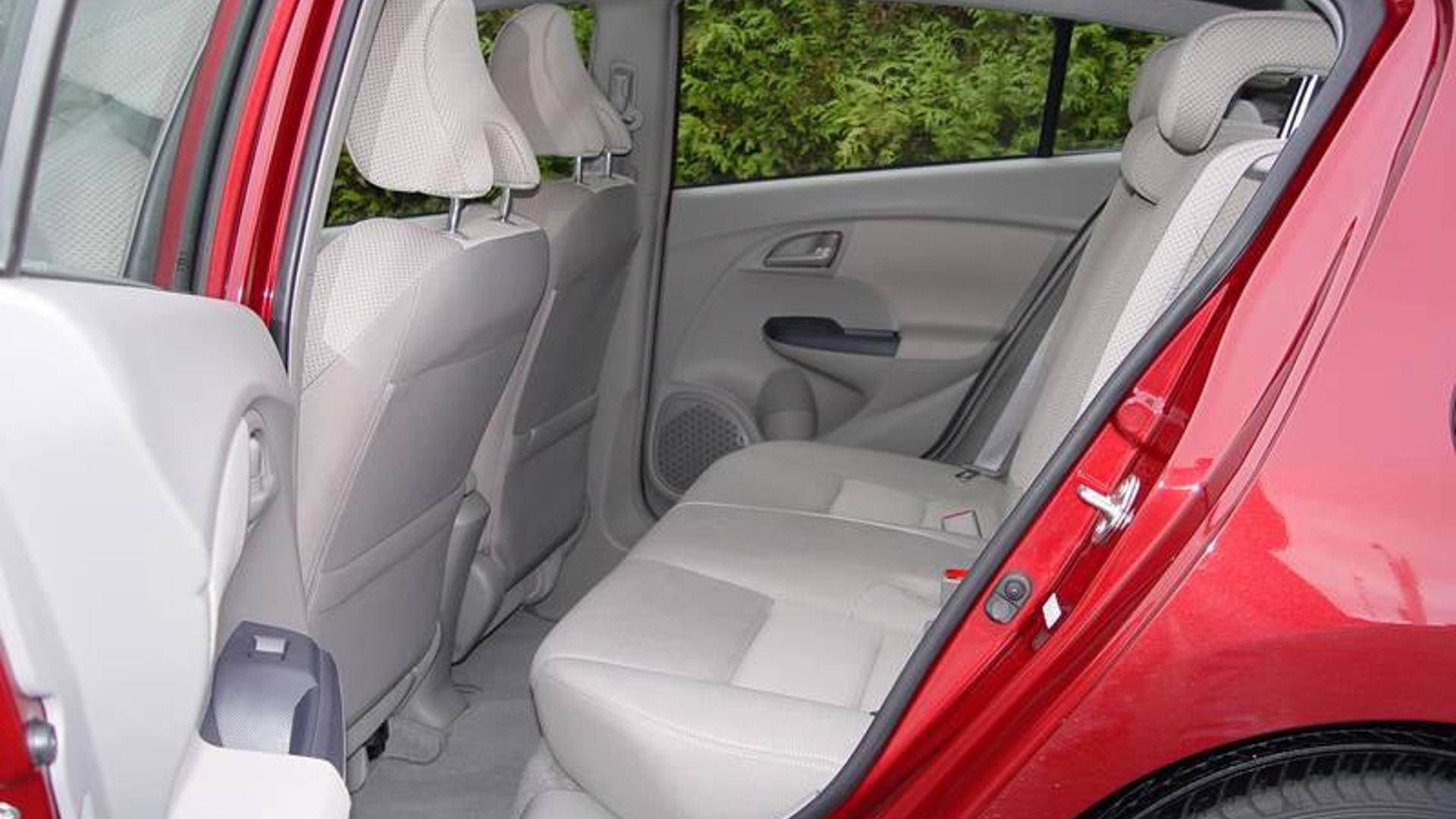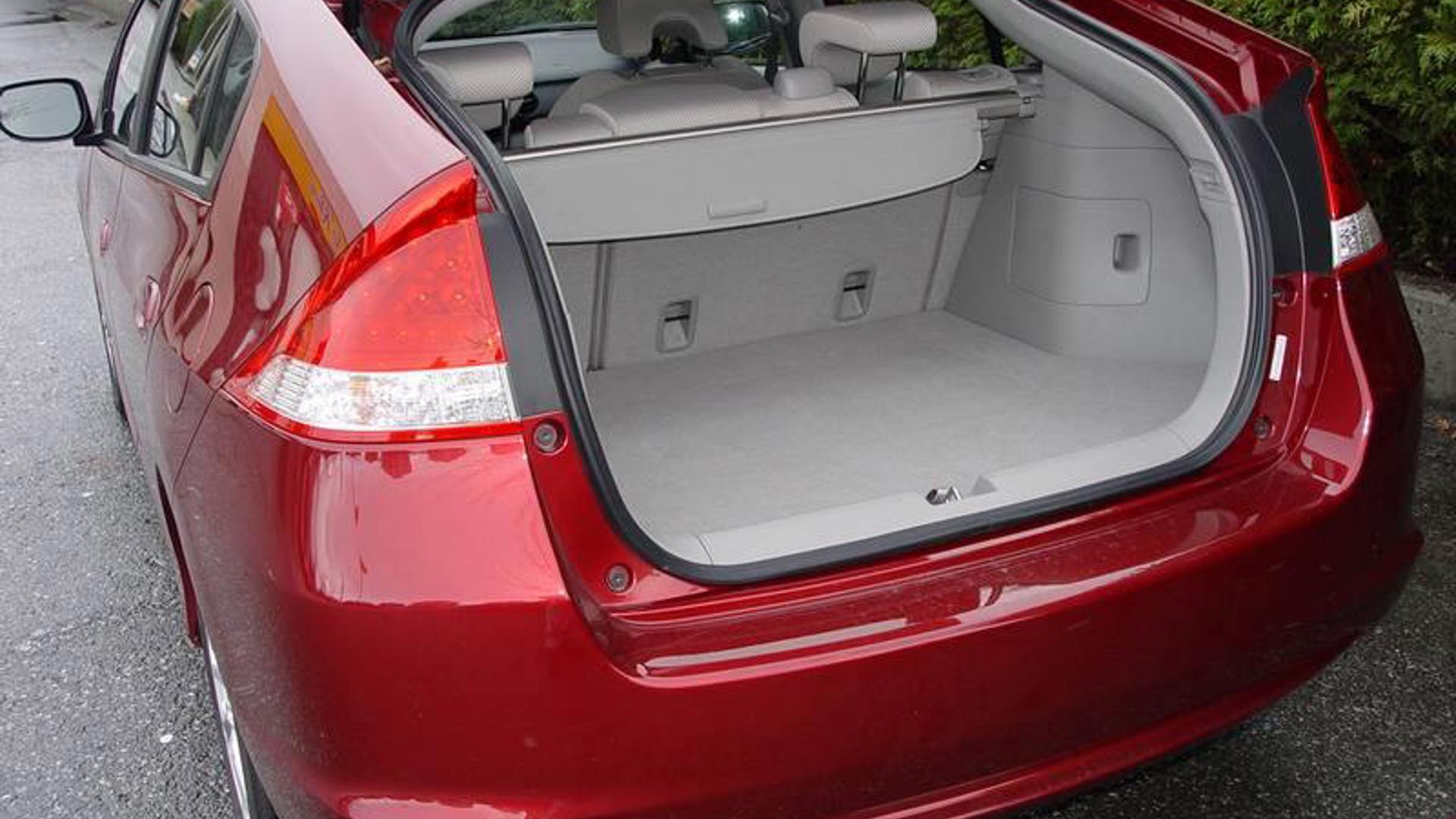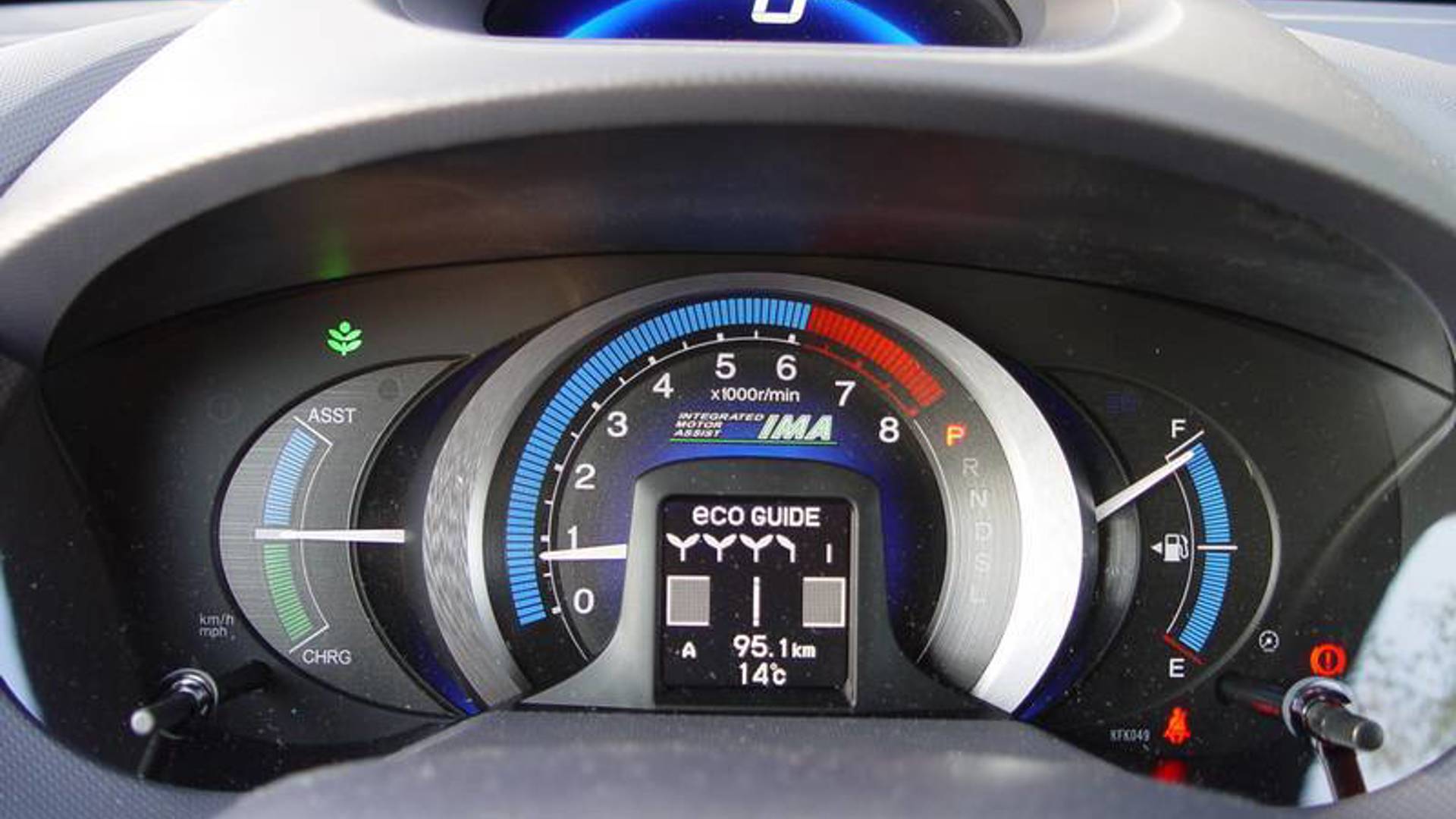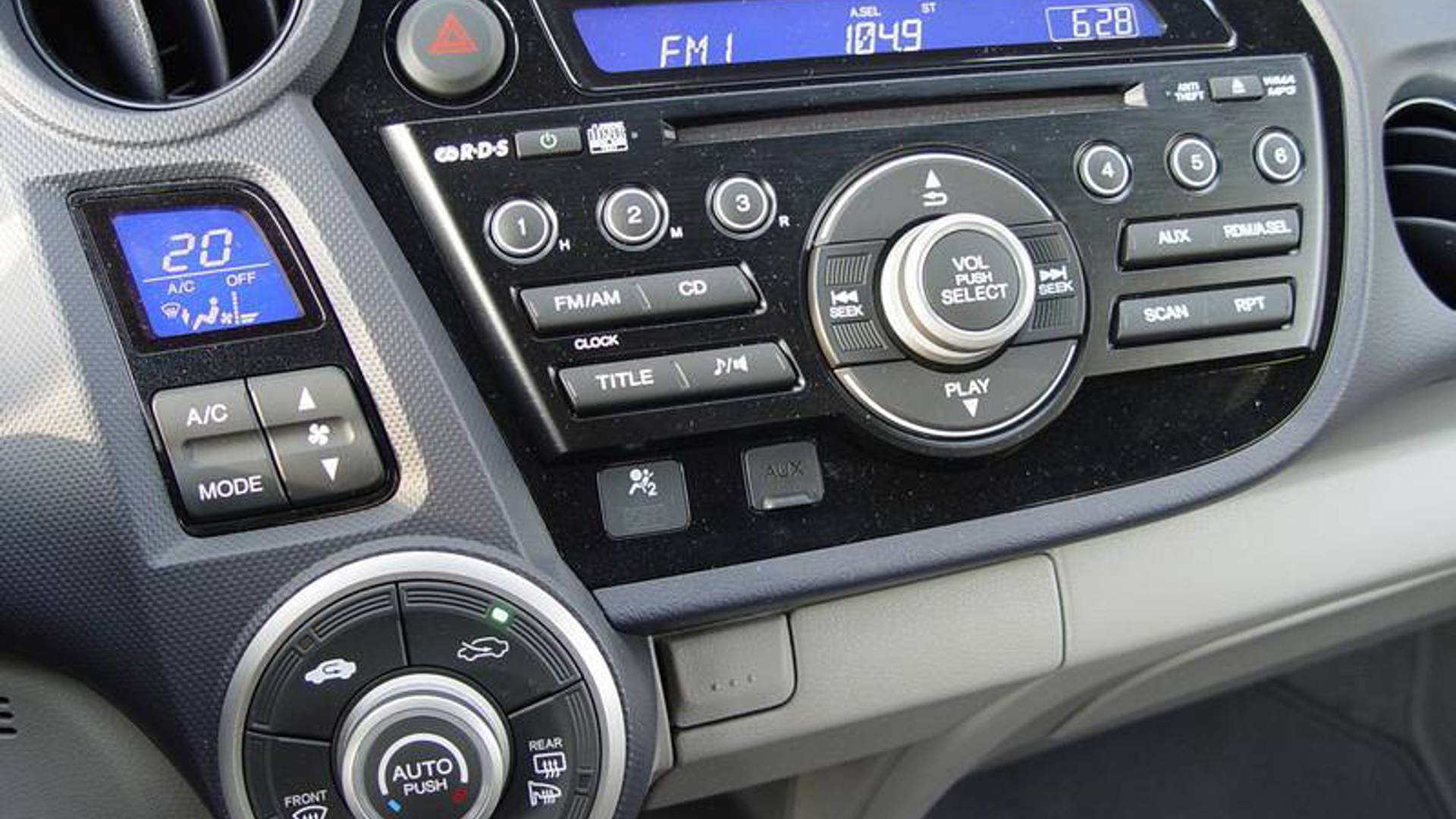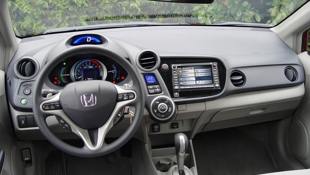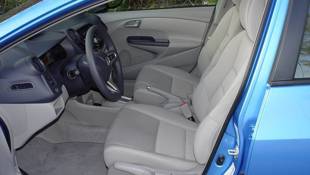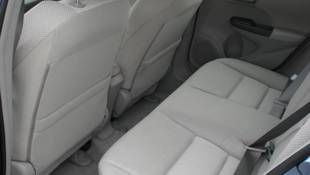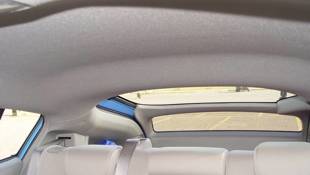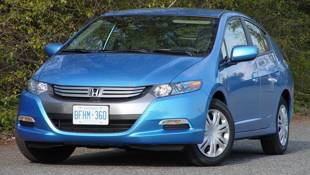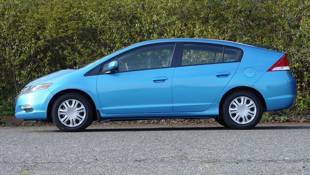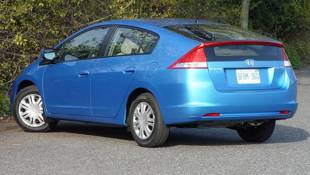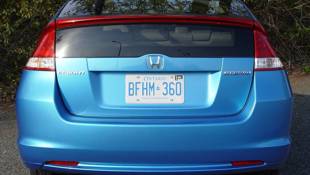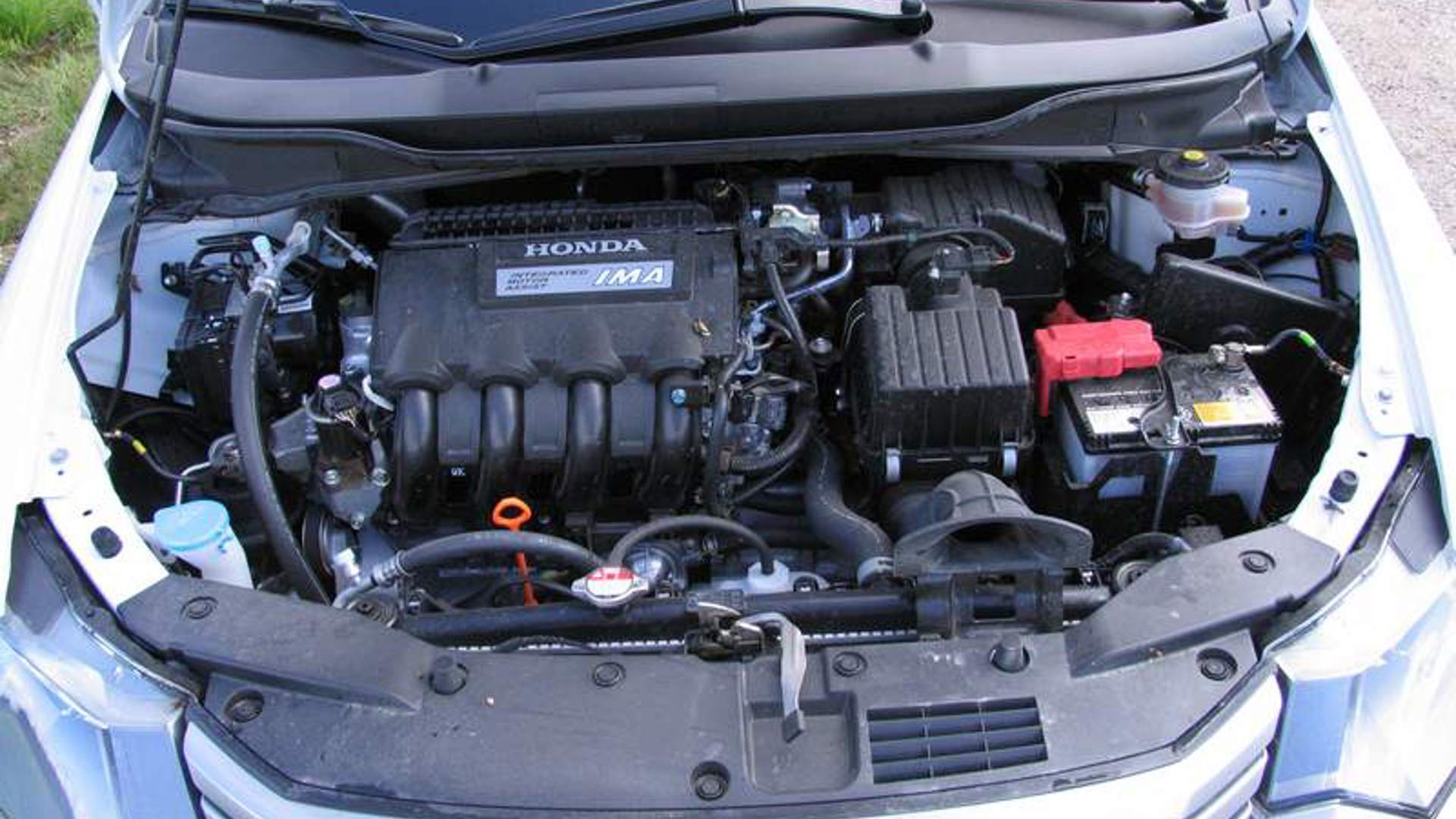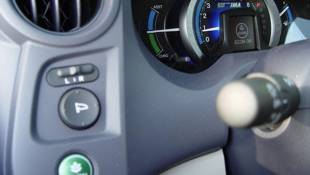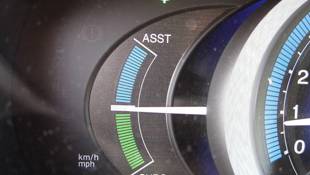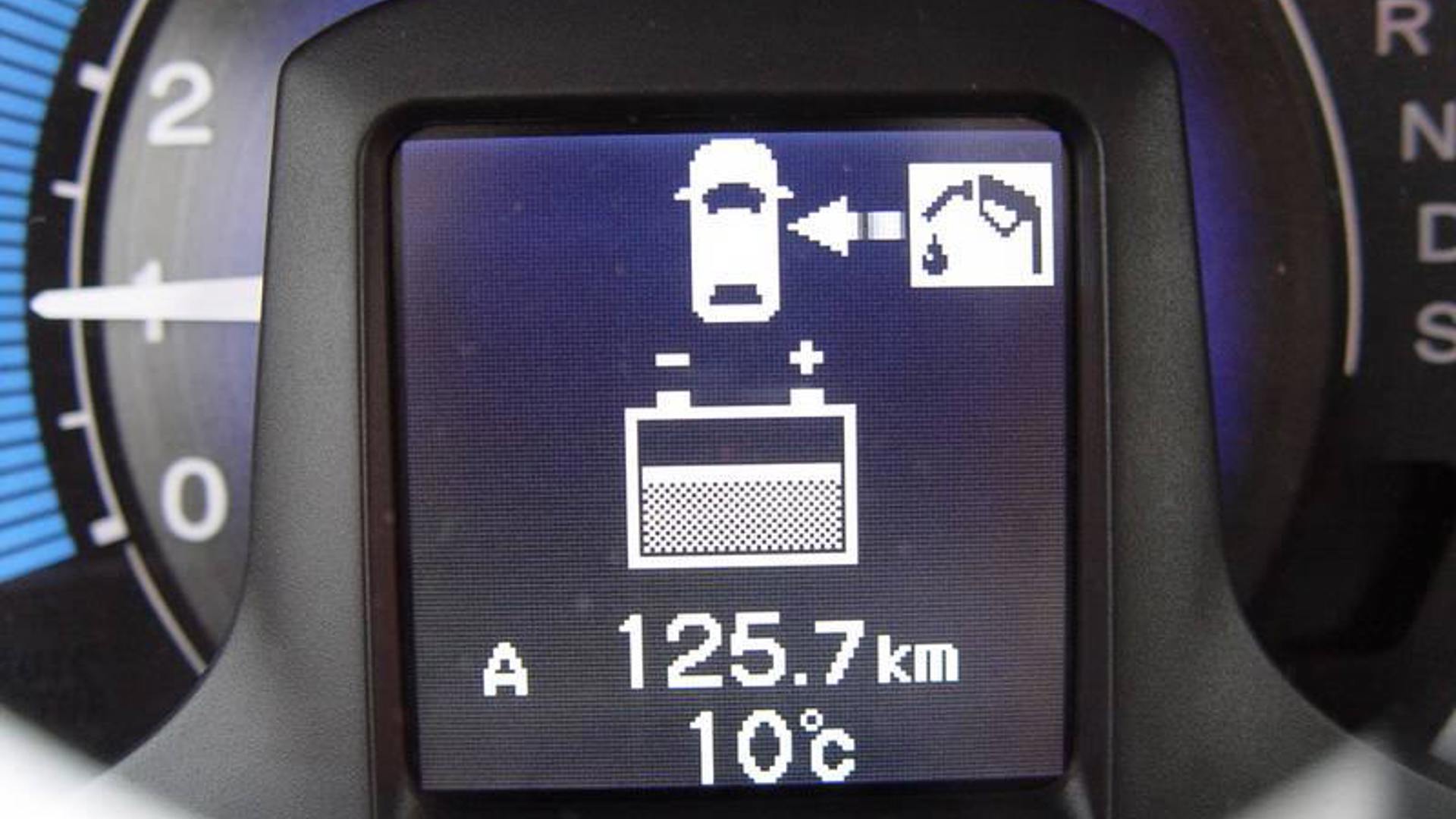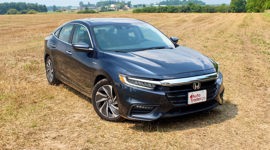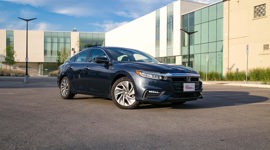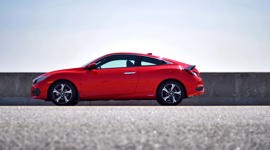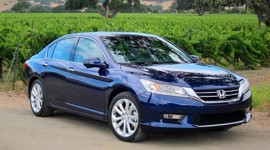Vehicle Type
Hybrid
History/Description
Several years after leaving the market, Honda announced that the Honda Insight Hybrid would make a comeback in the springtime of 2009, as a 2010 model. The five-door liftback used the latest generation of Honda’s Integrated Motor Assist (IMA) hybrid drive system, blending the efforts of both a conventional gas-powered engine and an electric motor.
Honda’s Eco Assist function debuted here, helping drivers to save fuel and minimize emissions. Eco Assist features a driver-activated Econ mode that optimizes the continually variable transmission (CVT), engine and other powertrain components to conserve gasoline. When the green ECON button on the instrument panel is pressed, the Insight also adjusts air conditioner operation, engages the “idle-stop” function sooner, and dials up more battery recharging during regenerative braking.
Feature content included split-folding seatbacks, automatic climate control, an upgraded stereo system, navigation, USB media inputs, full power accessories, and more. When shopping, note that the Insight LX is the more basic unit, and the Insight EX is more upscale.
Engines
All units were powered by a 1.3-litre i-VTEC engine teamed up with a 10 kilowatt electric motor and power unit. The battery unit was mounted into the rear floor, to maximize interior volume and cargo space. Thrifty mileage and a 40 L fuel tank were good for a range beyond 600 km. Output was rated at 98 hp.
What Owners Like
Manoeuvrability, feature content, an accommodating interior, and of course, fuel mileage, were all rated highly by the majority of second-generation Honda Insight owners. Multiple power outlets were appreciated, and most owners say the Insight offers up good forward and peripheral visibility. Storage galore and easy entry and exit round out the package.
What Owners Dislike
Common gripes include poor rearward visibility due to the Insight’s shape, and a less-than-stellar level of stability at highway speeds, where the Insight can be tossed around easily by side winds.
Here are some owner reviews of the second-generation Honda Insight.
The Test Drive
As a low-volume seller with a short lifespan, reliability information on this generation of Honda Insight is somewhat limited in the owner’s community, though some more common potential issues are worth being aware of, as are some general best practices when buying a used hybrid, which we’ll highlight below.
First and foremost, be sure to seek out a used unit that’s available with full service records that confirm all maintenance requirements, software updates, and recalls are up to date. Software updates to the hybrid drive system, and others, are sometimes installed at the dealer during regular servicing to optimize the performance of a given system, improve driveability, improve battery life or performance, or even to fix a latent issue.
Buying a used Insight that has all applicable software updates applied means you’re less likely to experience any issues. Here’s a bit more reading on software updates, and how they can affect how a car like the Insight drives.
You’ll want to be double sure that the Insight’s CVT transmission fluid and spark plugs aren’t overdue for a change, before agreeing to buy. If they need imminent replacement or attention, factor it into your pricing negotiations. Note that a Honda dealer is the best place to have work like this performed on your used Insight during ownership, as certain fluids, and their drain-and-fill procedures , can be fairly specific. Here’s some more reading. Note that owners say the Insight is fairly fussy about CVT fluid changes, and that many owners have never changed this vital fluid. Be absolutely certain that’s not the case with the unit you’re considering.
Next up, don’t forget that the Insight is a hybrid, but that it’s still a regular car, too. As such, remember to inspect common wear items, including tires and brake system components, for any sign that the seller is trying to pass off a repair or replacement bill on to you.
Be sure to feel the way the Insight you’re considering performs in a variety of conditions, including light, moderate and full throttle applications. Be on the lookout for a shuddering sensation, similar to applying the throttle in a quick on-off-on-off manner, during acceleration. This sensation, if detected, could be a sign of numerous problems ranging from the transmission to a clutch inside of the powertrain, to an issue with an engine coil pack. Do not buy a used Insight that exhibits this behaviour without having a Honda hybrid technician assess the vehicle first.
Some owners say the Insight’s standard 12 volt battery, which starts the engine and runs all on-board electronics, may be a cause of concern as it ages. The lifespan of the conventional factory battery seems fairly short, and replacing it can often address numerous niggling electronic issues, including flickering lights, or the sporadic operation of several on-board features.
On the topic of batteries, note that the Insight’s hybrid drive battery seems durable and long-lasting – and in researching this piece, your writer wasn’t able to track down any reports of non-warranty battery replacement due to battery failure. Further, note that Insight was covered by a mandated eight-year powertrain component warranty, which covers the battery. Aftermarket battery providers have popped up, offering replacement battery packs, if they’re needed.
Finally, note that extended periods of non-driving (for instance, parking the vehicle for six months) can negatively affect the battery lifespan. If the unit you’re considering has low mileage for its age, be sure that it was driven regularly, for maximum peace of mind.
Next up, give this and this a read on the topic of oil consumption. This issue looks to be a little overblown in several online resources, though it’s worth being aware of. Apparently, certain 2012 Insight models may be prone to burning oil, likely as the result of a design issue with the engine. Ask the seller if they’ve ever had any trouble with burning oil or oil consumption, and be sure to check your oil regularly during ownership, having it changed at or ahead of schedule, with only Honda specified oil and filters.
It’s unclear how common or worrisome this issue is across all models, though opting for any extended warranty coverage available is advisable for maximum peace of mind. Note that this issue didn’t seem to affect 2010 or 2011 units. A little more reading here.
Move to the air conditioner, confirming that it works as expected, and cools the cabin quickly. If that’s not the case, a bad pressure switch is the likely culprit.
Listen to the suspension on the Insight you’re considering as you drive it around, noting that some level of groaning or creaking from the suspension is typically considered normal at colder temperatures. If you detect louder, more intrusive sounds from beneath the vehicle on rougher roads, and especially from the rear end, be sure to have a technician check the rear shocks, which may be worn out. Worn rear shocks may give themselves away with a visible fluid leak down their exterior.
Finally, try the climate control system on all fan speeds and settings. If you hear the fan but little or no air is moving from the vents, the culprit may be a clogged cabin air filter, or a bad air distribution door deep within the system. Here’s some more reading.
The Verdict
Most of Insight’s commonly-reported problems should be easy for a hybrid-trained Honda technician to detect on a pre-purchase inspection of the used Insight you’re considering – though the potential oil consumption issues with 2012 models mean that a 2010 or 2011 model is likely the safest bet for maximum peace of mind. Expect the best results when choosing a 2010 or 2011 Insight, with full service records, that’s familiar to your local Honda dealer.
Just one recall.
Crash Test Ratings
IIHS: Top Safety Pick (2012)
NHTSA: N/A
